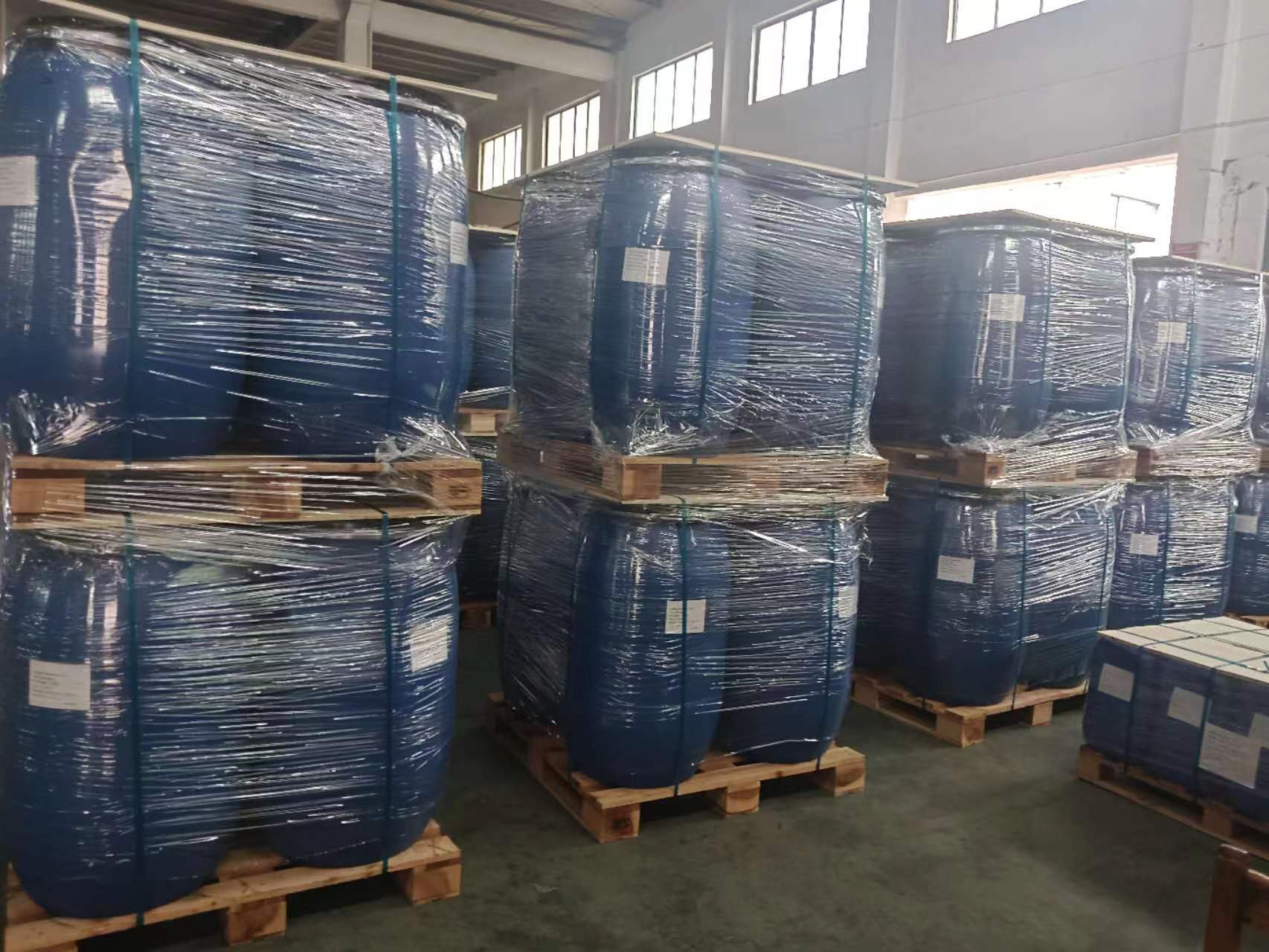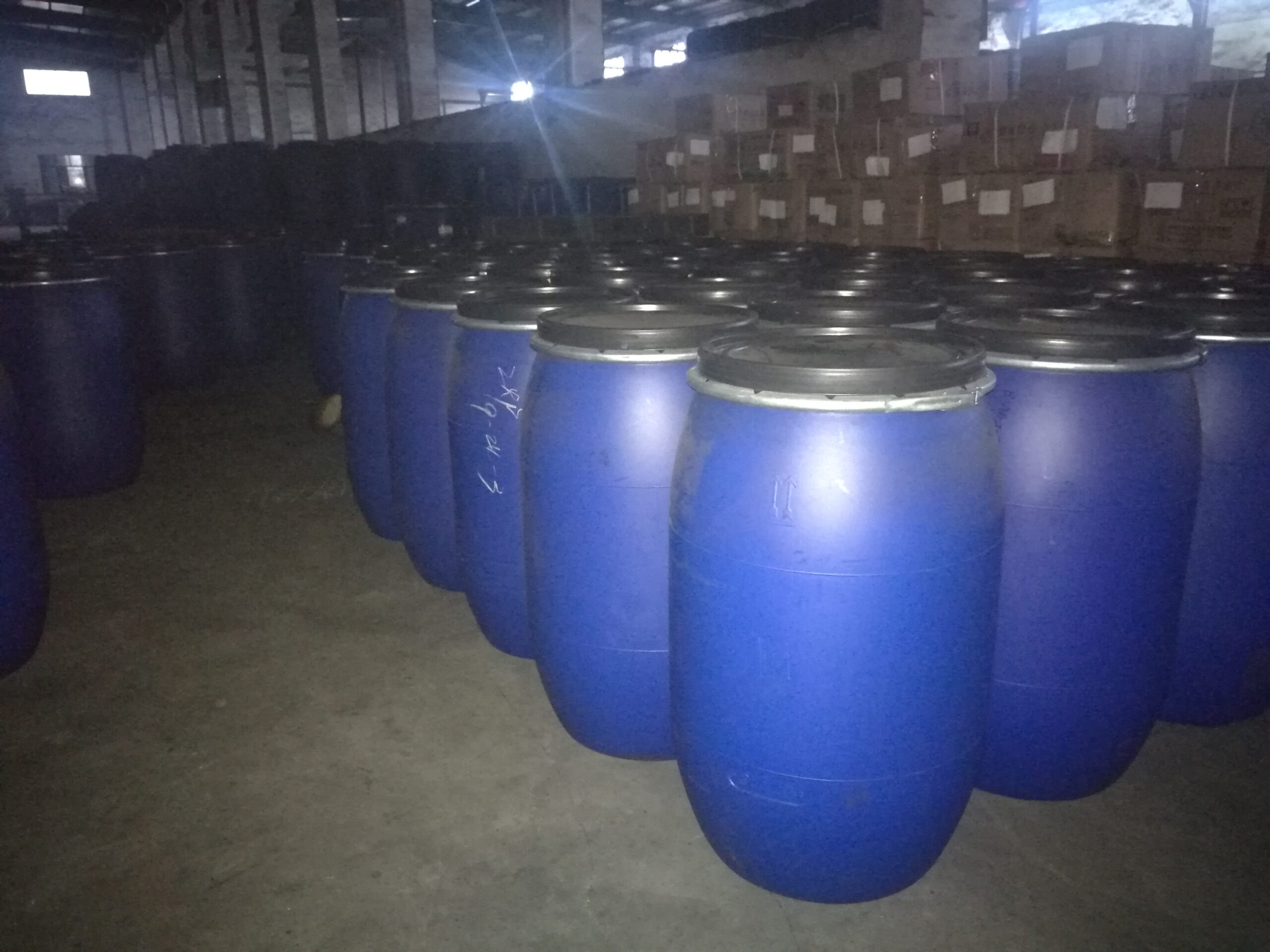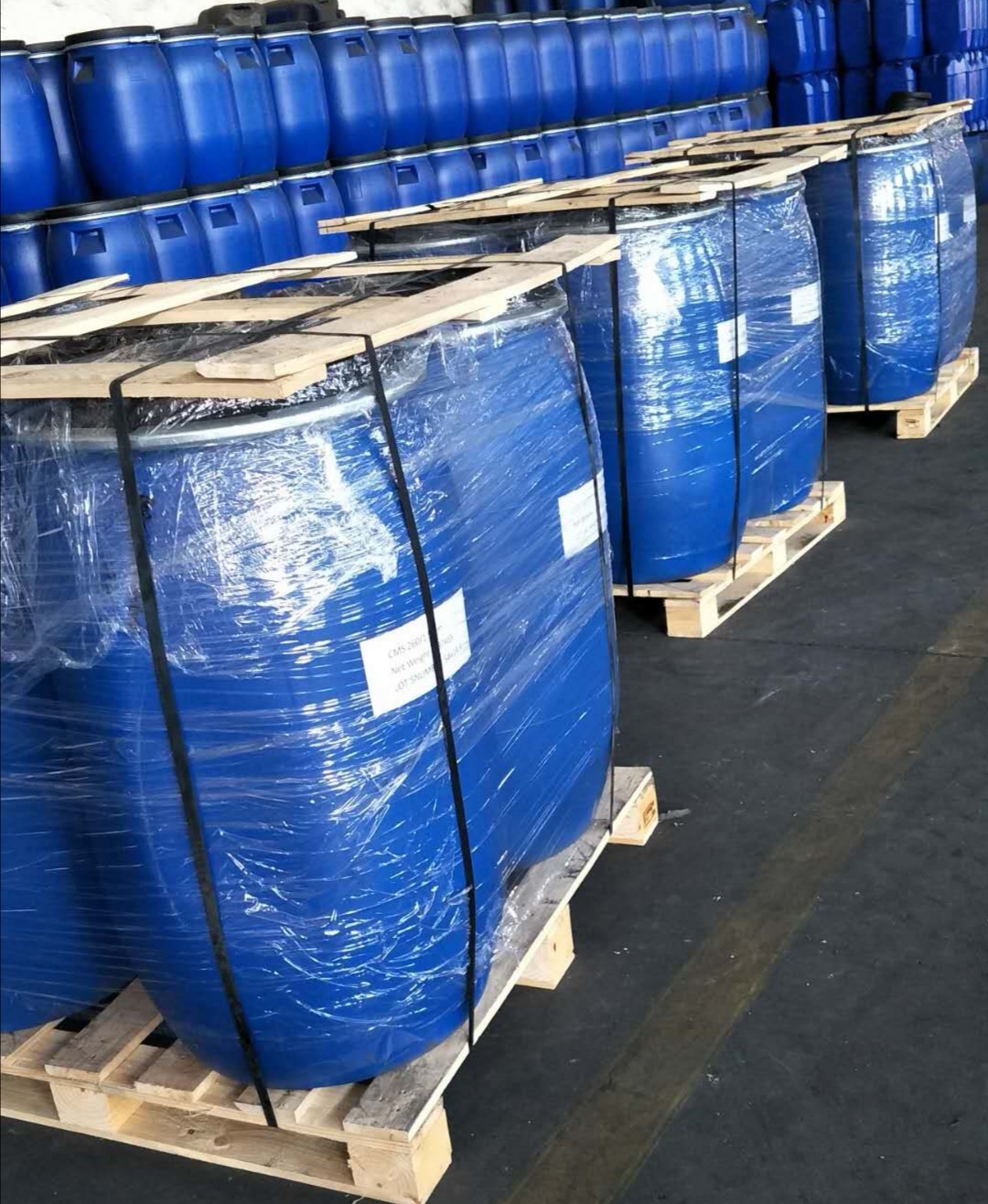What is activated carbon? What types of activated carbon are there?
Activated carbon is a specially treated carbon. Organic raw materials (such as fruit shells, coal, wood, etc.) are heated in an oxygen-free environment to reduce non-carbon components (this process is called carbonization), and then react with gases to erode the surface and produce a highly porous structure (this process is called activation). Since the activation process is a microscopic process, that is, the erosion of a large number of molecular carbides on the surface is point erosion, it causes the activated carbon surface to have countless tiny pores. The diameter of the micropores on the surface of activated carbon is mostly between 2 and 50 nm. Even a small amount of activated carbon has a huge surface area, with a surface area of 500 to 1500 m² per gram of activated carbon. All applications of activated carbon are almost based on the feature of having a huge surface area.
Activated carbon is a general term for carbon materials with a developed pore structure, large specific surface area, and rich surface chemical groups, which have strong specific adsorption capacity. It is usually in powder or granular form and has a strong adsorption capacity. It is obtained by carbonizing solid carbonaceous materials (such as coal, wood, hard fruit shells, fruit kernels, resins, etc.) in an oxygen-free environment at 600 to 900°C, and then oxidizing and activating them with air, carbon dioxide, water vapor, or a mixture of these gases at 400 to 900°C.
Carbonization causes non-carbon substances to volatilize, and oxidation and activation can further remove residual volatile substances, produce new and expand existing pores, improve the microstructure, and increase activity. Activated carbon activated at low temperatures (400°C) is called L-carbon, and that activated at high temperatures (900°C) is called H-carbon. H-carbon must be cooled in an inert atmosphere; otherwise, it will transform into L-carbon. The adsorption performance of activated carbon is related to the chemical properties and concentration of the activation gas, activation temperature, activation degree, inorganic composition and content in activated carbon, and mainly depends on the nature of the activation gas and the activation temperature.
The carbon content, specific surface area, ash content, and pH value of the water suspension of activated carbon all increase with the increase in activation temperature. The higher the activation temperature, the more complete the volatilization of residual volatile substances, the more developed the microstructure, and the larger the specific surface area and adsorption activity.
The composition and content of ash in activated carbon have a significant impact on the adsorption activity of carbon. Ash mainly consists of K2O, Na2O, CaO, MgO, Fe2O3, Al2O3, P2O5, SO3, Cl-, etc. The ash content is related to the raw materials used to produce activated carbon, and it increases as the volatile substances in the carbon are removed.
As of 2007, the annual global production of activated carbon reached 900,000 tons, with coal-based (quality) activated carbon accounting for more than two-thirds of the total production. China’s annual production has exceeded 400,000 tons, ranking first in the world. The United States, Japan, and other countries are also major producers of activated carbon in the world.

Physical and chemical properties
According to the shape of activated carbon, it is generally divided into two major categories: powder and granular. Granular activated carbon includes cylindrical, spherical, hollow cylindrical, hollow spherical, and irregularly shaped crushed carbon, etc. With the development of modern industry and science and technology, many new varieties of activated carbon have emerged, such as carbon molecular sieves, microsphere carbon, activated carbon nanotubes, and activated carbon fibers.
Pore structure
Activated carbon is composed of three parts: graphite microcrystals, single-plane network carbon, and amorphous carbon, among which graphite microcrystals are the main component. The microcrystalline structure of activated carbon is different from that of graphite. The interlayer spacing of its microcrystalline structure is between 0.34 and 0.35 nm, which is relatively large. Even at temperatures above 2000 ℃, it is difficult to transform into graphite. This microcrystalline structure is called non-graphite microcrystals, and the vast majority of activated carbons belong to the non-graphite structure. The microcrystals of the graphite-type structure are arranged more regularly and can be transformed into graphite after treatment. The non-graphite microcrystalline structure gives activated carbon a well-developed pore structure, which can be characterized by pore size distribution. The pore size distribution of activated carbon is very wide, ranging from less than 1 nm to several thousand nm. Some scholars have proposed dividing the pore size of activated carbon into three categories: pores smaller than 2 nm are called micropores, pores between 2 and 50 nm are called mesopores, and pores larger than 50 nm are called macropores.
The micropore specific surface area of activated carbon accounts for over 95% of the total specific surface area of activated carbon, which largely determines the adsorption capacity of activated carbon. The mesopore specific surface area makes up about 5% of the total specific surface area of activated carbon and serves as the adsorption site for larger molecules that cannot enter the micropores, generating capillary condensation at higher relative pressures. The macropore specific surface area is generally no more than 0.5 m²/g and merely acts as a channel for adsorbate molecules to reach the micropores and mesopores, having little impact on the adsorption process.
Surface Chemical Properties
Activated carbon has a crystalline structure and pore structure internally, and also has a certain chemical structure on its surface. The adsorption performance of activated carbon not only depends on its physical (pore) structure but also on the chemical structure of its surface. During the preparation of activated carbon, the chemical bonds at the edges of the aromatic rings formed in the carbonization stage break, creating edge carbon atoms with unpaired electrons. These edge carbon atoms have unsaturated chemical bonds and can react with heteroatoms such as oxygen, hydrogen, nitrogen, and sulfur to form different surface groups. The presence of these surface groups undoubtedly affects the adsorption performance of activated carbon. X-ray studies have shown that these heteroatoms combine with carbon atoms at the edges of the aromatic rings, generating oxygen-, hydrogen-, and nitrogen-containing surface compounds. When these edges become the main adsorption surface, these surface compounds change the surface characteristics and properties of activated carbon. The surface groups of activated carbon are classified into acidic, basic, and neutral types. Acidic surface functional groups include carbonyl, carboxyl, lactone, hydroxyl, ether, phenol, etc., which promote the adsorption of basic substances by activated carbon; basic surface functional groups mainly include pyranone (cycloketone) and its derivatives, which promote the adsorption of acidic substances by activated carbon. Activated carbon prepared with acidic activators such as phosphoric acid has a surface dominated by acidic groups and is better at adsorbing basic substances; activated carbon prepared with basic activators such as KOH and K₂CO₃ has a surface dominated by basic groups and is suitable for adsorbing acidic substances; while activated carbon prepared by physical activation methods such as CO₂ and H₂O has surface functional groups that are generally neutral.
Adsorption Mechanism
Activated carbon adsorption refers to the adsorption of one or more substances in water by the solid surface of activated carbon to achieve water purification. The adsorption capacity of activated carbon is related to the size and structure of its pores. Generally speaking, the smaller the particle size, the faster the pore diffusion speed, and the stronger the adsorption capacity of activated carbon.
Adsorption capacity and adsorption rate are the main indicators for evaluating the adsorption process. The size of the adsorption capacity is measured by the adsorption amount, and the adsorption rate refers to the amount adsorbed by the adsorbent per unit weight within a unit time. In water treatment, the adsorption rate determines the contact time between the adsorbent and the wastewater.
The adsorption that occurs in activated carbon is mainly physical adsorption, mostly monolayer molecular adsorption, and its adsorption amount is in accordance with the Langmuir monolayer adsorption isotherm equation with the concentration of the adsorbate.
What are the classifications of activated carbon? It is a carbon material with a highly microporous structure. According to the Chinese national standard, activated carbon is classified into two parts: one is based on the main raw materials used in manufacturing and application, and the other is based on the combination of the main raw materials used in manufacturing and the corresponding product shapes. Activated carbon is classified into four categories based on the main raw materials used in manufacturing and application: coal-based activated carbon, wood-based activated carbon, synthetic material-based activated carbon, and other types of activated carbon. Based on the combination of the main raw materials used in manufacturing and the corresponding product shapes, it is classified into 16 types. Among them, coal-based activated carbon is divided into: cylindrical coal-based granular activated carbon, crushed coal-based granular activated carbon, powdered coal-based granular activated carbon, and spherical coal-based granular activated carbon. Wood-based granular activated carbon is divided into: cylindrical wood-based granular activated carbon, crushed wood-based granular activated carbon, powdered wood-based granular activated carbon, and spherical wood-based granular activated carbon. Synthetic material-based activated carbon is divided into: cylindrical synthetic material-based granular activated carbon, crushed synthetic material-based granular activated carbon, powdered synthetic material-based granular activated carbon, formed activated carbon, spherical synthetic material-based granular activated carbon, fabric-based synthetic material activated carbon (carbon fiber cloth), and felt-based synthetic material activated carbon (carbon fiber felt). Other types of activated carbon refer to activated carbon prepared from other raw materials (such as coal tar pitch, petroleum coke, etc.) except the above three types. In the product shape classification, asphalt-based microsphere activated carbon is temporarily listed.

For detailed classification, please refer to the table below.
Coal-based activated carbon includes:
Cylindrical coal-based granular activated carbon
Crushed coal-based granular activated carbon
Powdered coal-based granular activated carbon
Spherical coal-based granular activated carbon
Wood-based activated carbon includes:
Cylindrical wood-based granular activated carbon
Crushed wood-based granular activated carbon
Powdered wood-based granular activated carbon
Spherical wood-based granular activated carbon
Synthetic material activated carbon includes:
Cylindrical synthetic material granular activated carbon
Crushed synthetic material granular activated carbon
Powdered synthetic material granular activated carbon
Shaped activated carbon
Spherical synthetic material granular activated carbon
Fabric synthetic material activated carbon (carbon fiber cloth)
Felt synthetic material activated carbon (carbon fiber felt)
Other types of activated carbon include:Asphalt-based microsphere activated carbon



